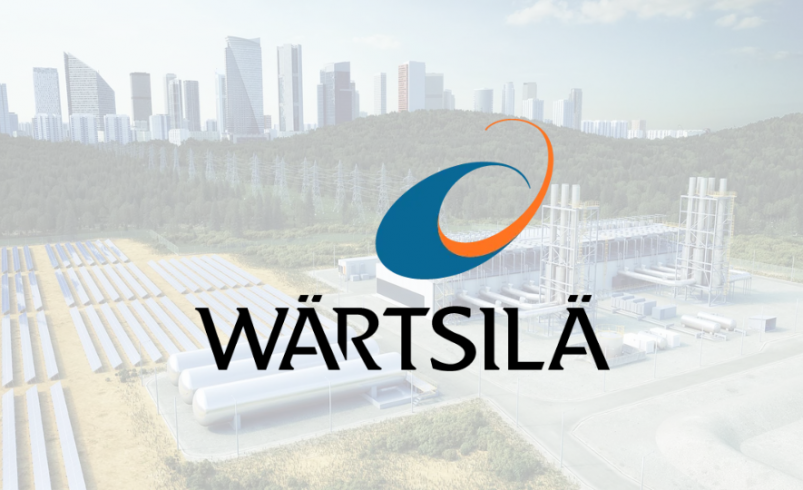Turning power generation flexibility into a profit strategy
- November 21, 2025
- 0

As renewable energy takes a larger share of the global power mix, utilities and independent power producers (IPPs) are rethinking how they operate their assets. The challenge is no longer just reliability—it’s about how flexibility can protect margins in fast-moving power markets.
When demand spikes or renewables dip, the ability to start, stop, or ramp generation in minutes can make the difference between a loss and a gain.
That’s where Wärtsilä Energy comes in. The technology group provides market-leading technologies, including flexible engine power plants, to help countries and companies transition towards a 100% renewable energy future. The Finland-based technology group designs and operates flexible engine power plants, energy storage systems, and optimization software that help countries and companies transition toward a 100% renewable future. With over 79 gigawatts of installed capacity across 180 countries, Wärtsilä Energy is one of the few companies combining engineering, digital optimization, and lifecycle support under one roof.
The International Energy Agency (IEA) defines flexibility as “the ability of a power system to reliably and cost-effectively manage the variability and uncertainty of supply and demand across all relevant timescales.”
Battery energy storage systems, for example, handle fluctuations within milliseconds to minutes. Flexible engine power plants, meanwhile, can be dispatched on demand to fill renewable gaps that occur over minutes, days, or even entire seasons.
According to Wärtsilä Energy, when it comes to flexibility of power generation, technologies differ, and engines stand out with several advantages:
Wärtsilä Energy said these features make engine technology particularly well-suited for modern power markets, where flexibility has become a key value driver.
According to Wärtsilä Energy, flexibility is critical not only for grid reliability but also for financial performance. For IPPs and utilities, flexible generation can shield against price volatility, mitigate losses from negative market prices, and create new income streams through revenue stacking—the process of combining multiple sources of revenue.
In liberalized markets, only flexible asset owners can earn from several streams at once:
Wärtsilä Energy explains relying solely on energy sales may not deliver sufficient returns. Instead, owners of flexible assets can improve profitability by switching between these opportunities as market conditions shift throughout the day.
“In today’s energy landscape, monetizing flexibility is no longer optional—it’s essential,” the company said in its report Making money with flexibility. “By stacking multiple revenue streams, asset owners can turn technical agility into a resilient and profitable business model.”
Case studies cited by Wärtsilä Energy from South Australia, Japan, and the Philippines show that engine power plants consistently outperform other thermal technologies in real-time markets. Their ability to ramp up or down quickly—without significant wear or efficiency losses—gives operators a commercial advantage.
In markets with five-minute settlement intervals, such agility translates directly into higher returns and shorter payback periods. The company notes that flexible engine technology allows operators to capture value in every time frame, from day-ahead energy markets to second-by-second balancing services.
Choosing flexibility, Wärtsilä Energy adds, is the most effective way to protect investment returns and ensure long-term viability for power generation assets.
As the world transitions toward cleaner energy, adding flexibility in power systems is key. According to Wärtsilä Energy, flexibility will not only offer the most cost-effective and rapid solution to reach net zero, but will also ensure profitability of flexible asset owners. The company’s flexible engines are ideally positioned to provide the needed flexibility, and are also future-proof to run on sustainable fuels – enabling 100% renewable energy systems.
For a deeper look at Wärtsilä’s analysis and case studies, explore the full report: Making money with flexibility.
Follow Power Philippines on Facebook and LinkedIn or join our Viber community for more updates.